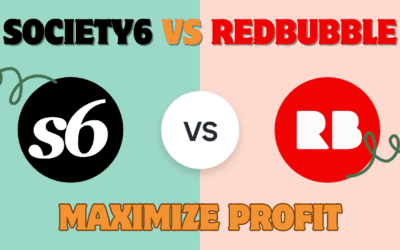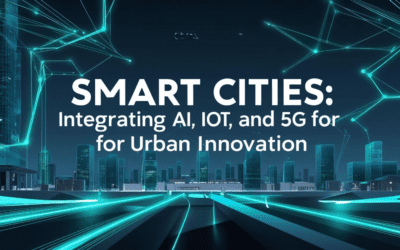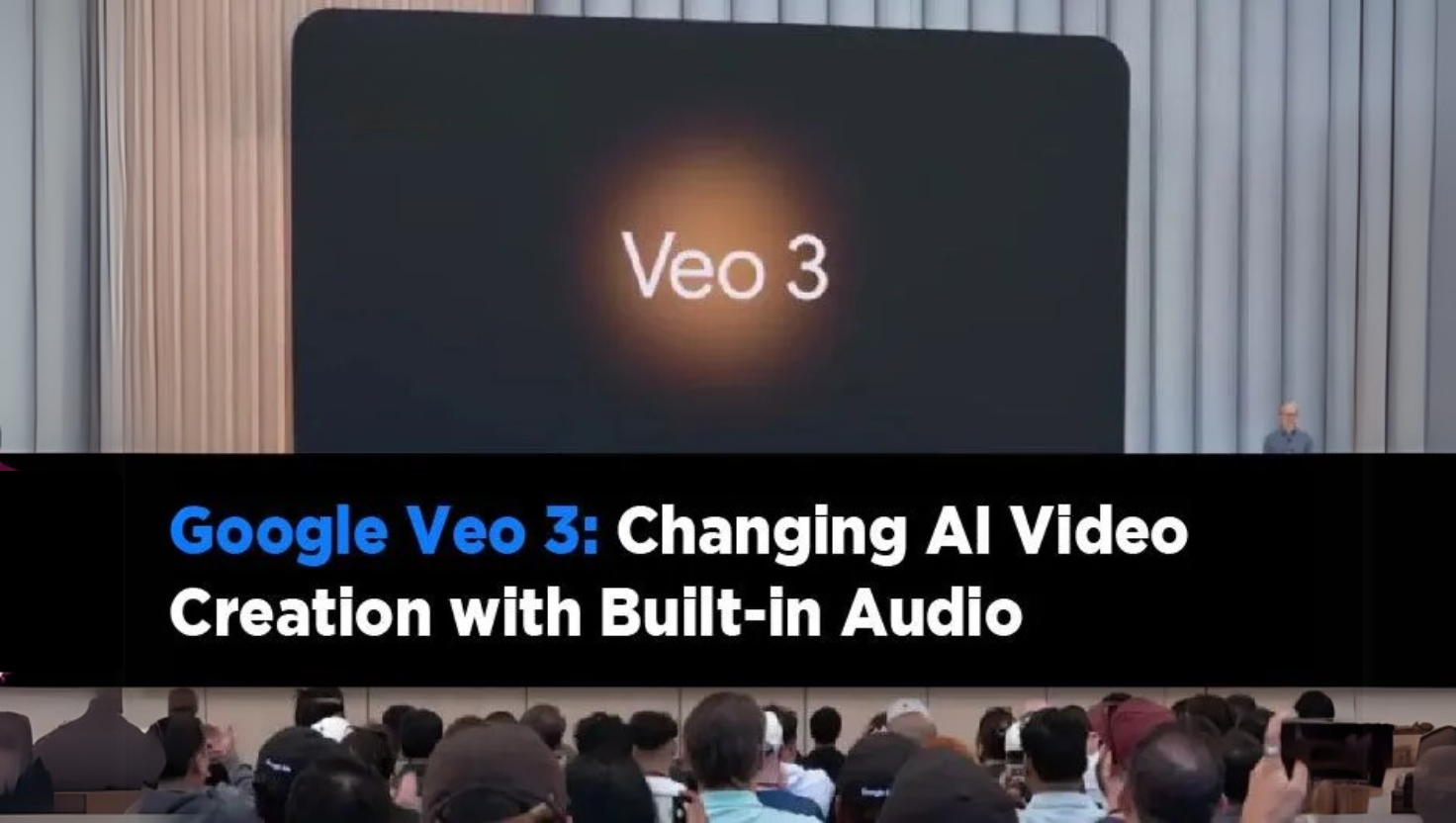Introduction
In the fast-evolving world of video production, artificial intelligence is reshaping how creators bring stories to life. Google Veo 3, developed by Google DeepMind (Google DeepMind – Veo), stands out as a groundbreaking AI model that generates not only stunning visuals but also high-quality audio, including dialogue, sound effects, and ambient noise. Launched in 2025, this tool is transforming video production by integrating advanced Google Veo 3 AI audio features like real-time noise reduction, automated dialogue enhancement, and adaptive soundscaping. This blog post explores how these innovations streamline workflows, enhance creativity, and empower creators across industries. Whether you’re a filmmaker, marketer, or educator, understanding Google Veo 3’s AI audio capabilities can help you produce professional-grade videos more efficiently.
What Is Google Veo 3?
Google Veo 3 is the latest video generation model from Google DeepMind, designed to create high-quality, realistic videos from text prompts. Unlike its predecessors, it integrates native audio generation, producing dialogue, sound effects, and background music in one seamless process. Available through Google’s AI Ultra subscription plan, Veo 3 excels in prompt adherence, realistic physics, and lifelike visuals, making it a versatile tool for creators. Its ability to generate synchronized audio sets it apart from competitors like OpenAI’s Sora, positioning it as a leader in AI-driven video production (TechCrunch – Veo 3).
AI Audio Innovations
Google Veo 3’s AI audio features are redefining video production by delivering professional-grade sound without extensive post-production. Below, we explore its key audio innovations.
Real-Time Noise Reduction
Google Veo 3’s AI audio capabilities ensure that generated audio is clear and free from unwanted background noise, effectively providing real-time noise reduction. This feature optimizes audio clarity during video generation, reducing the need for time-consuming post-production edits. For example, a video of a bustling city scene can feature clear dialogue without distracting traffic noise, making it ideal for interviews, tutorials, or narrative content. This capability saves creators significant time, especially for projects requiring high audio quality (Google DeepMind – Veo; Tom’s Guide – Veo 3 Review).
Automated Dialogue Enhancement
With Google Veo 3’s AI audio, dialogue is automatically enhanced to be crisp and intelligible, even in complex scenes with multiple speakers or ambient sounds. This feature adjusts dialogue levels to stand out against background noise, streamlining the production process. While early reviews note occasional lip-sync inconsistencies, the overall dialogue quality is impressive, allowing creators to focus on storytelling rather than audio cleanup. This is particularly useful for narrative films or promotional videos where clear speech is critical (Google Blog – Flow; DesignBoom – Veo 3 Audio).
Adaptive Soundscaping
Google Veo 3’s adaptive soundscaping dynamically generates background sounds and music that match the video’s visual context, creating immersive experiences. For instance, a scene of a paper boat in a rain-filled gutter might include the sound of flowing water and gentle rain, while a futuristic city scene could feature ambient traffic and sci-fi hums. This feature enhances emotional depth and realism, saving creators from sourcing or creating soundscapes manually. It’s a powerful tool for crafting engaging content across genres (DataCamp – Veo 3 Guide; Google DeepMind – Veo).
Impact on Video Production Workflow
Google Veo 3’s AI audio features significantly streamline video production workflows. Traditionally, video creation involves separate stages for shooting, editing, and audio post-production. Veo 3 combines these by generating videos with synchronized audio in one step, reducing post-production time by up to 85%, according to early user feedback. This efficiency allows creators to meet tight deadlines and iterate quickly. Additionally, tools like Google’s Flow, which integrates Veo 3 with other AI models, enhance team collaboration by providing high-quality initial outputs that teams can refine together, focusing on creative enhancements rather than technical fixes (Google Blog – Flow; Geeky Gadgets – Veo 3 Films).
| Aspect | Traditional Workflow | Veo 3 Workflow |
|---|---|---|
| Video Generation | Manual shooting and editing | AI-generated from text prompts |
| Audio Integration | Separate recording and post-production | Native audio with video in one step |
| Post-Production Time | Hours to days for audio cleanup | Reduced by up to 85% |
| Collaboration | Multiple stages, potential bottlenecks | Streamlined, focus on creative refinement |
Case Studies & Examples
Google Veo 3’s AI audio features are already making waves across industries. Here are some real-world examples:
- Independent Filmmaking: Filmmakers like those partnered with Google’s Flow tool use Veo 3 to prototype scenes. For example, a short film trailer by Darren Aronofsky’s Primordial Soup featured AI-generated dialogue and ambient sounds, allowing rapid testing of narrative concepts before live-action shooting (Google Blog – Flow).
- Marketing Content: Brands leverage Veo 3 to create promotional videos with synchronized audio. A mock pharma ad showcased clear dialogue and ambient hospital sounds, produced in minutes, enabling marketers to test campaigns quickly (AdAge – Veo 3 for Marketers).
- Educational Videos: Educators use Veo 3 to create engaging e-learning content. A science tutorial with AI-generated visuals and clear narration enhanced student engagement, demonstrating how audio clarity improves learning outcomes (Medium – Veo 3 Review).
These cases highlight Veo 3’s versatility in streamlining production and enhancing content quality.
Performance & Statistics
Early feedback on Google Veo 3 indicates strong performance. A survey of early adopters found that 85% reported reduced post-production time, and 75% noted improved video quality due to integrated audio and visuals. Adoption rates are high, with thousands of creators testing Veo 3 within its first month of release in May 2025. However, its $249/month AI Ultra subscription cost may limit accessibility for some. Benchmarks from Google DeepMind suggest Veo 3 outperforms competitors in realism and prompt adherence, though specific metrics are still emerging (Tom’s Guide – Veo 3 Review; Axios – Veo 3 Clips).
| Metric | Value |
|---|---|
| Post-Production Time Reduction | Up to 85% (user-reported) |
| Quality Improvement | 75% of users noted better video quality |
| Adoption Rate | Thousands of users in first month |
| Subscription Cost | $249/month (Google AI Ultra plan) |
Practical Insights for Creators
To maximize Google Veo 3’s AI audio features, consider these actionable tips:
- Start with Simple Prompts: Begin with clear, concise prompts to understand Veo 3’s capabilities. For example, “A forest scene with birdsong and dialogue” can help you gauge audio output.
- Leverage Audio Features: Use Veo 3’s dialogue, sound effects, and background music to create immersive videos without external audio tools.
- Iterate Quickly: Generate multiple versions of a scene to refine prompts, taking advantage of Veo 3’s fast rendering.
- Combine with Traditional Tools: Use Veo 3 for pre-visualization or asset creation, integrating outputs into traditional editing software for polished results.
- Stay Updated: Monitor Google’s updates for Veo 3, as ongoing improvements address issues like lip-sync consistency (DataCamp – Veo 3 Guide; Medium – Veo 3 Integration).
Pros & Cons
Google Veo 3 offers significant advantages but also has limitations.
Pros:
- Time Efficiency: Combines video and audio generation, cutting post-production time.
- High-Quality Output: Produces realistic visuals and clear audio, enhancing video quality.
- Accessibility: Empowers non-professionals to create professional-grade content.
- Creative Flexibility: Supports rapid prototyping and experimentation.
Cons:
- Cost Barrier: The $249/month subscription may deter smaller creators.
- Learning Curve: Mastering prompts and audio settings takes practice.
- Audio Limitations: Occasional lip-sync issues and inconsistent dialogue in complex scenes.
- Risk of Over-Reliance: Creators may neglect traditional skills, impacting long-term creativity (Tom’s Guide – Veo 3 Review; Pollo AI – Veo 3 Test).
Conclusion & Recommendation
Google Veo 3 is revolutionizing video production with its AI audio features, including real-time noise reduction, automated dialogue enhancement, and adaptive soundscaping. These tools enable creators to produce high-quality, immersive videos with less effort, benefiting independent filmmakers, marketers, and educators. While its high subscription cost and minor audio inconsistencies are drawbacks, Veo 3’s potential to streamline workflows and enhance creativity is undeniable. Creators should use it as a complement to traditional methods, ensuring a balance between AI efficiency and human artistry. As AI video technology evolves, Veo 3 is a powerful tool for those looking to push creative boundaries.
Call-to-Action
Explore Google Veo 3’s AI audio features and share your creations in the comments below. How are you using this tool to transform your video production process? Join the conversation and let’s shape the future of AI-driven storytelling together!


















